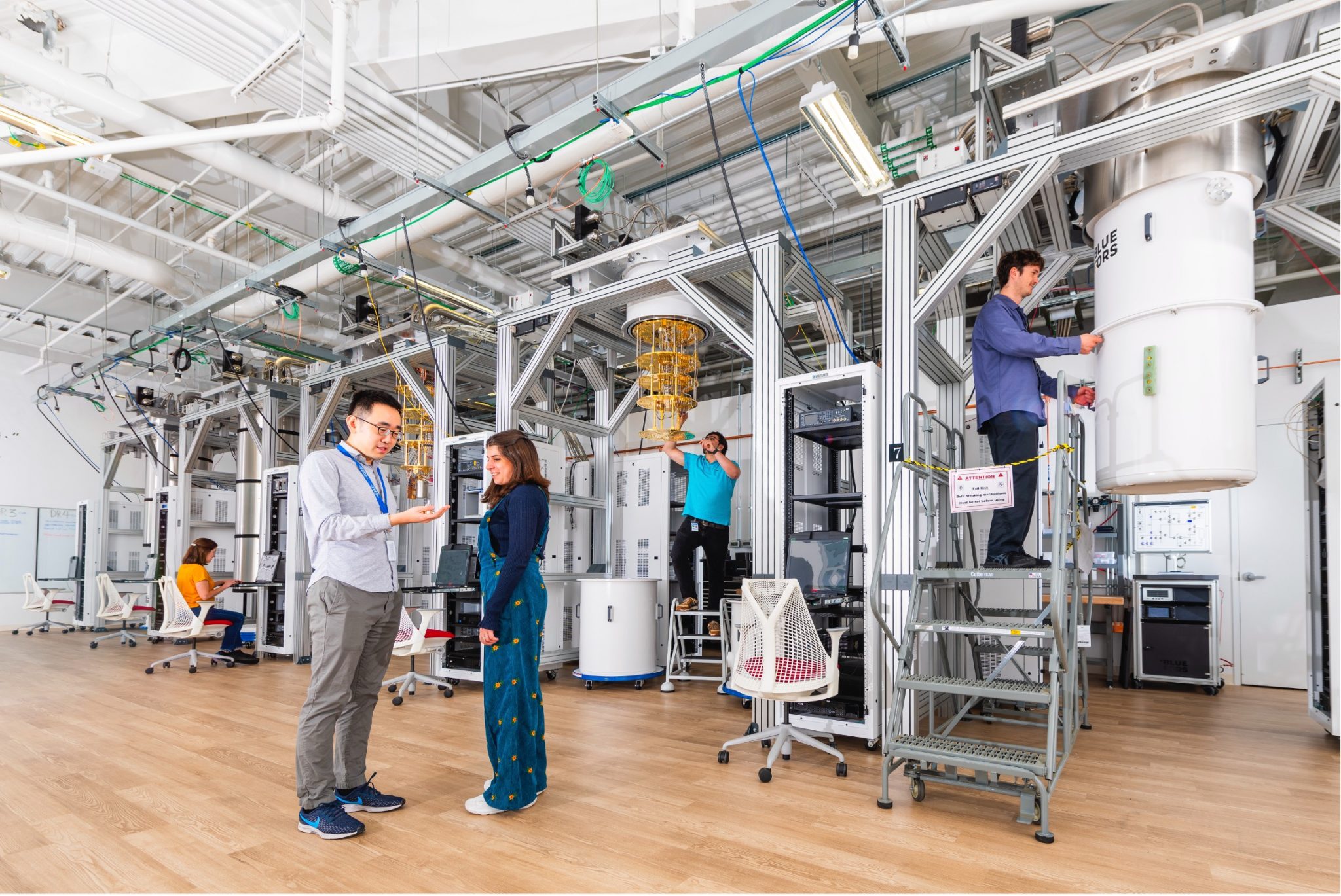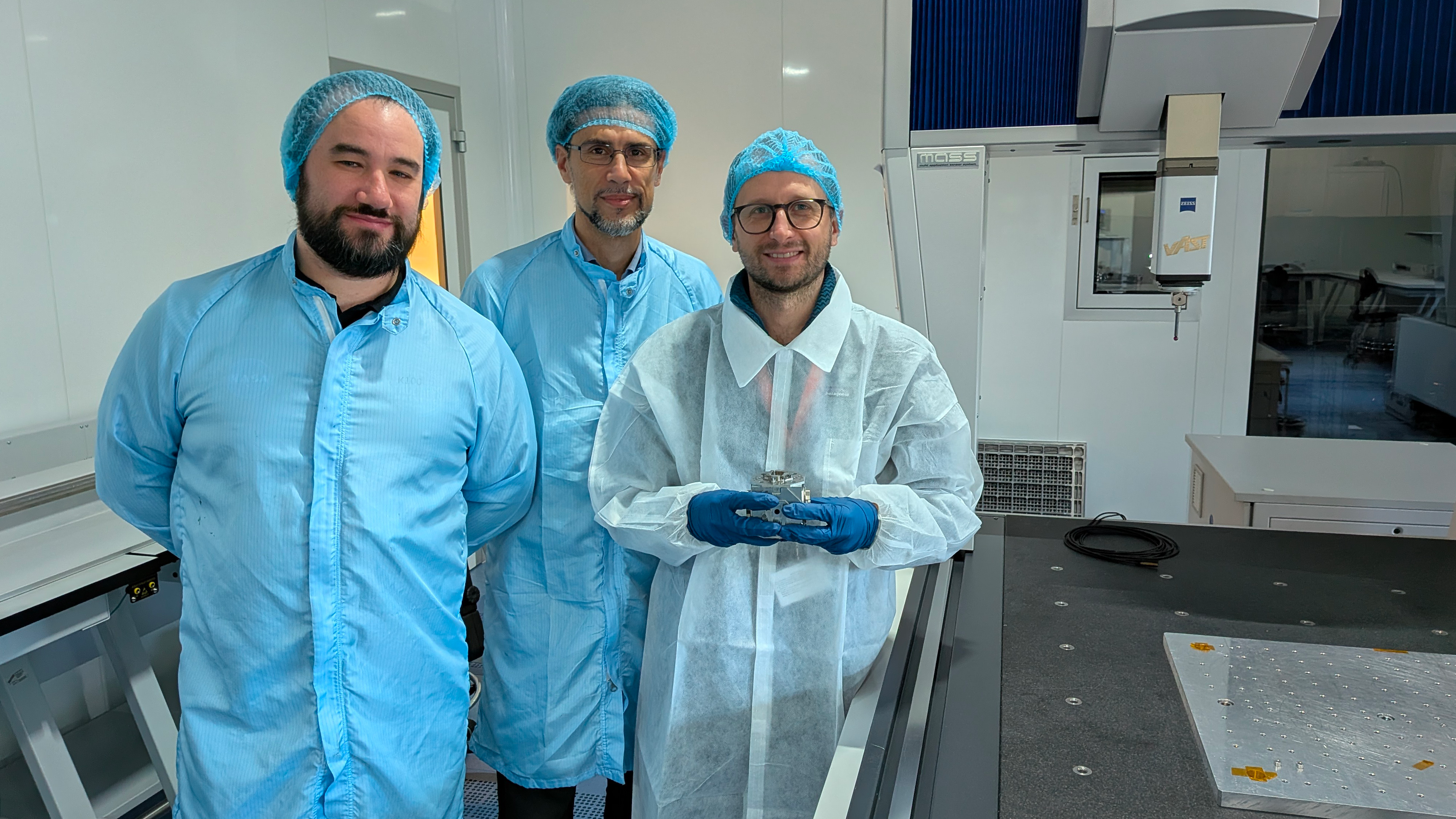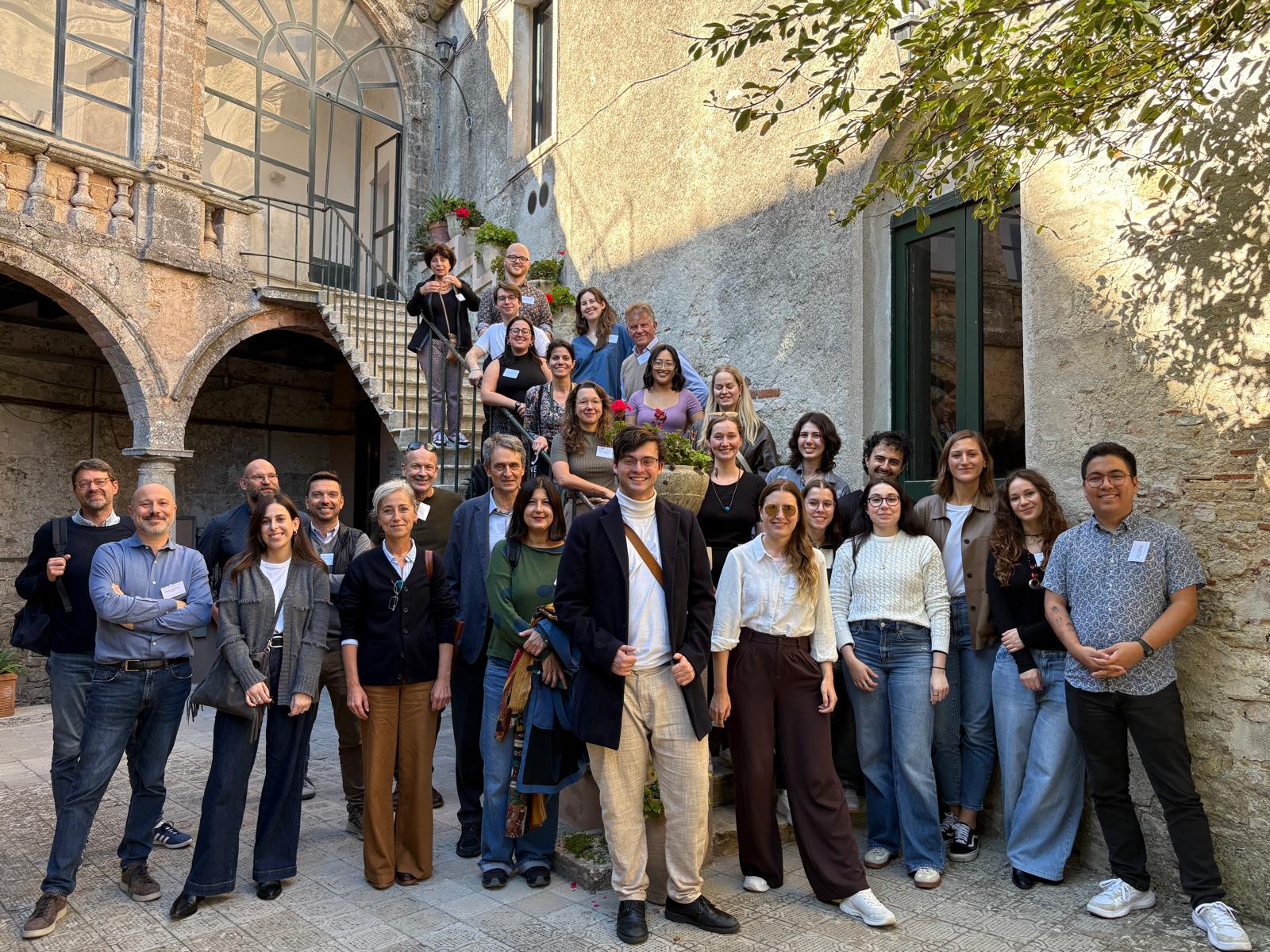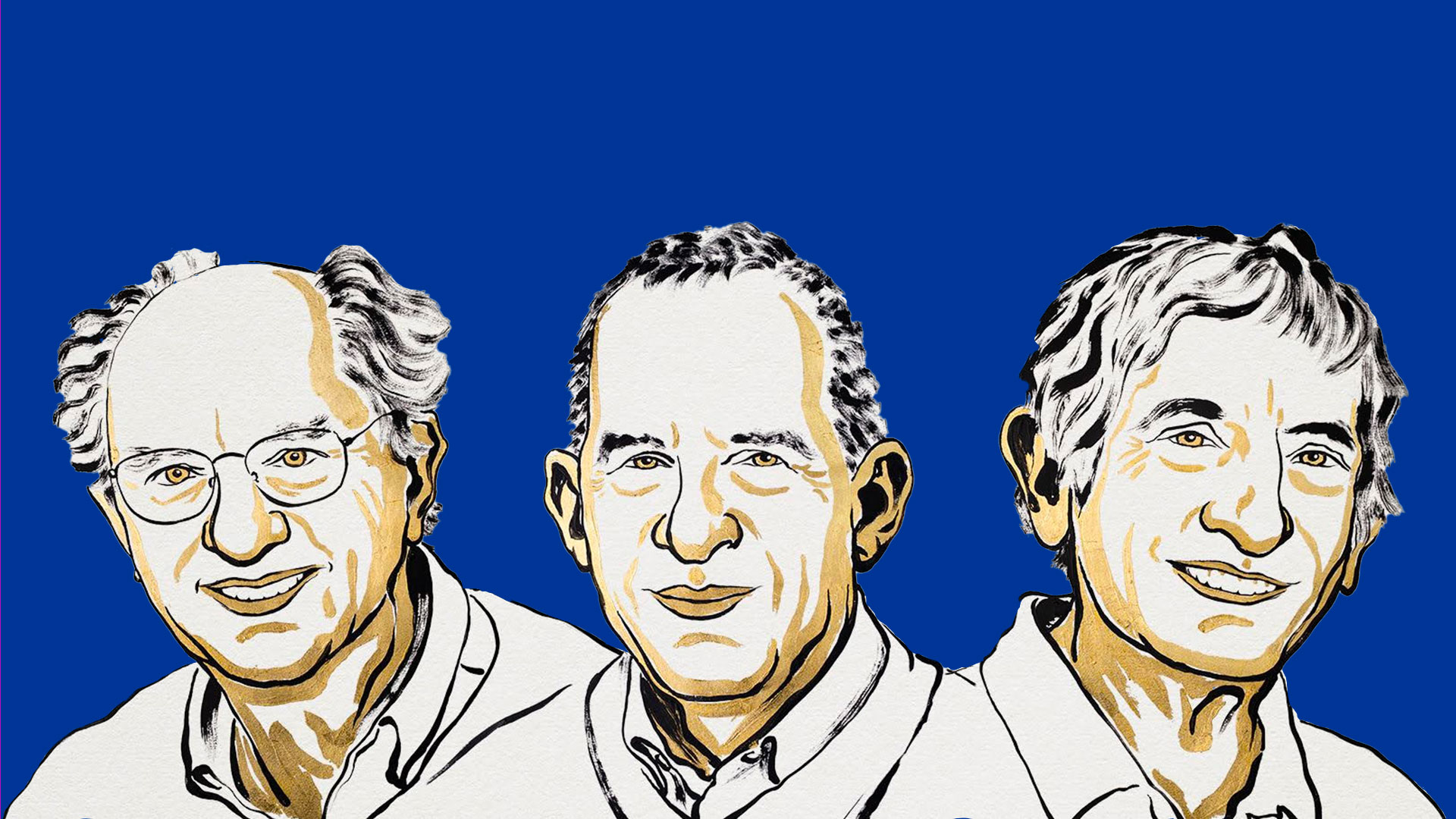 About 20,000 new sources of gamma rays were discovered by analysing, with a new statistical technique, six years of data collected by the Large Area Telescope (LAT), the detector for high and very high energy gamma rays, aboard the NASA’s Fermi space telescope, in which Italy participates with the INFN, the Italian Space Agency (ASI) and the National Institute of Astrophysics (INAF). The study, published on the Astrophysical Journal Supplements (ApJS), uses an advanced analysis technique to identify the presence of very weak sources in the sky, because it allows to detect populations of sources rather than individual bright sources. It was therefore possible to infer the presence of a large number of sources, the existence of which we were unaware of up to now. This result is of the utmost importance for the understanding of the extreme universe’s composition and properties. Furthermore, since even dark matter is expected to produce gamma radiation, a second study shows how the distribution of weak sources changes with the energy of the radiation that reaches us. This new analysis will help identify the nature of these sources and gain further depth in their understanding: this will remove, to an unprecedented level, the major background noise that might be concealing dark matter’s long sought and very weak signal.
About 20,000 new sources of gamma rays were discovered by analysing, with a new statistical technique, six years of data collected by the Large Area Telescope (LAT), the detector for high and very high energy gamma rays, aboard the NASA’s Fermi space telescope, in which Italy participates with the INFN, the Italian Space Agency (ASI) and the National Institute of Astrophysics (INAF). The study, published on the Astrophysical Journal Supplements (ApJS), uses an advanced analysis technique to identify the presence of very weak sources in the sky, because it allows to detect populations of sources rather than individual bright sources. It was therefore possible to infer the presence of a large number of sources, the existence of which we were unaware of up to now. This result is of the utmost importance for the understanding of the extreme universe’s composition and properties. Furthermore, since even dark matter is expected to produce gamma radiation, a second study shows how the distribution of weak sources changes with the energy of the radiation that reaches us. This new analysis will help identify the nature of these sources and gain further depth in their understanding: this will remove, to an unprecedented level, the major background noise that might be concealing dark matter’s long sought and very weak signal.
Statistical Measurement of the Gamma-ray Source-count Distribution as a Function of Energy





